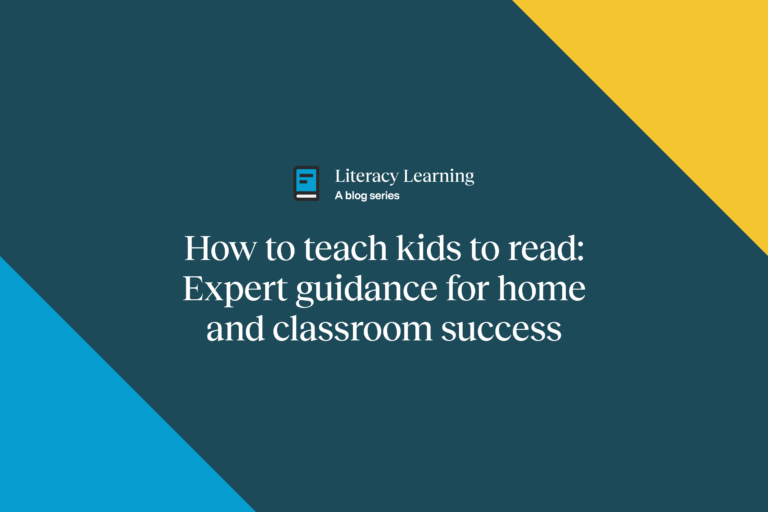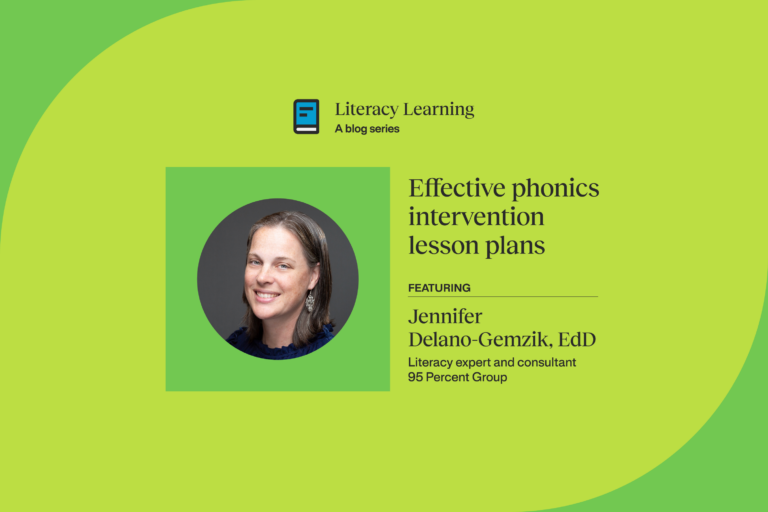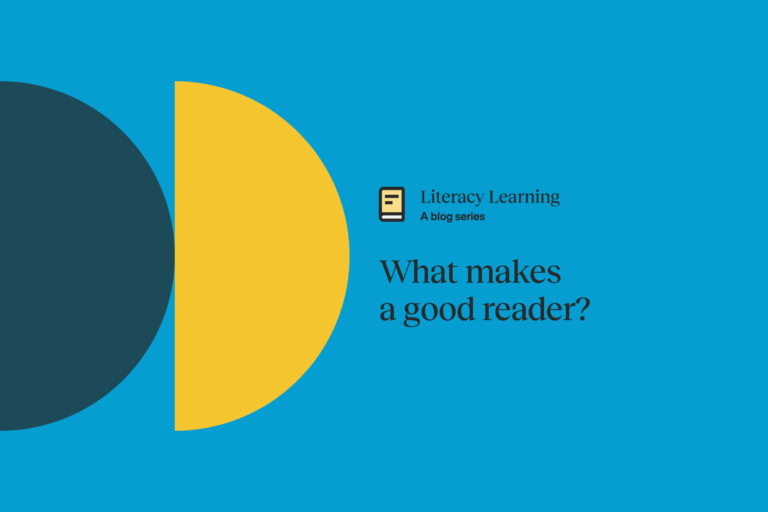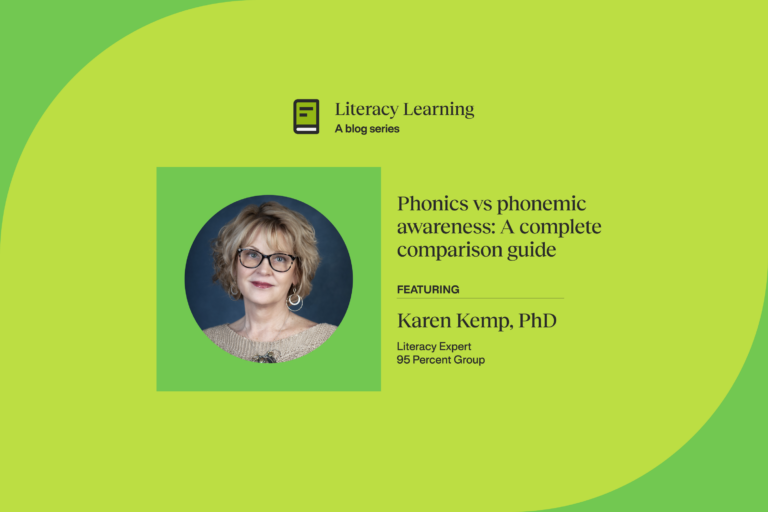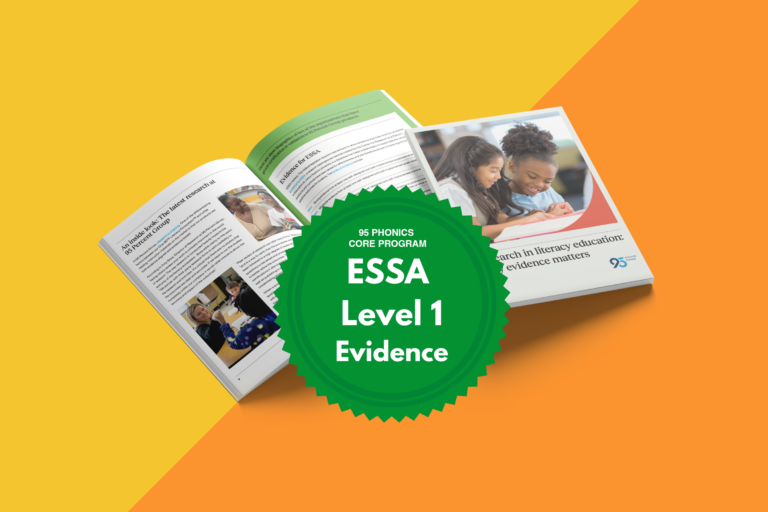The science of reading: research and resources
Explore the latest evidence, insights from thought leaders, and our new guide to real-world implementation.

What is the science of reading?
The science of reading is a dynamic body of convergent evidence that informs effective instruction in all areas of literacy development.
Unlock the power of literacy with evidence-aligned instruction
Contrary to popular belief, learning to read isn’t a natural process. The science of reading builds on thousands of studies which confirm an explicit, systematic approach to literacy instruction is critical for student success. Today, schools from New York to Texas are putting this science into practice.
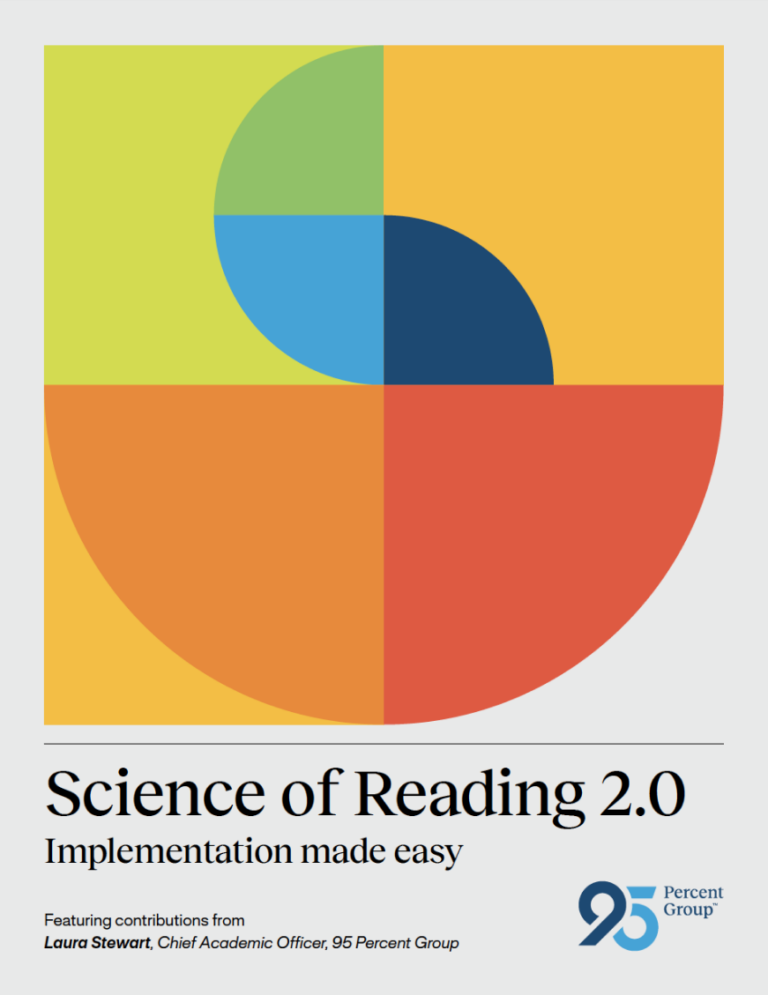
Introducing the Science of Reading 2.0
The next generation of the science of reading connects research about reading and learning to help educators implement effective literacy instruction. Unlock the power of literacy for your students with this easy-to-use guide.
The science of reading, explained
Learn about the two proven aspects of reading success—word recognition and language comprehension—and the science of implementation.
Principles of effective literacy instruction
Discover the 10 trusted steps for bringing effective instruction to your students, combining methods from the “I do, we do, you do model” with Rosenshine’s principles of instruction.
Stories from the field
Get inspiration from other educators, with real-world case studies about the impact of the science of reading in classrooms around the country.
Explore the evidence
Designed with guidance from the Every Student Succeeds Act (ESSA), our efficacy studies meet the highest standards.

A quick view of our evidence
Learn more about our research validations and third-party, independent research in schools across the United States.
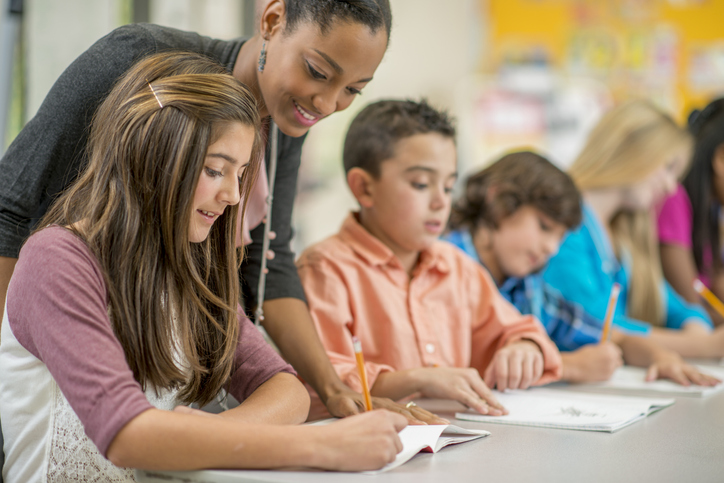
A summary of our research
Explore the evidence behind our trusted, proven literacy solutions, all part of the One95 Literacy Ecosystem™.

Delivering on the promise of education starts with the mastery of the most fundamental skill—the ability to read. Literacy is the foundation of every student’s learning journey and future success. Of equal importance, reading can bring immense joy to life.
Laura Stewart

Putting reading research into practice
Today, we know a great deal about what works in reading instruction thanks to the science of reading. But our work as educators doesn’t end there—effective implementation is essential. Implementation science bridges the gap between research and real-world practice, providing insight on how to realize literacy success.
Evidence-aligned resources
Enhance outcomes with the right instructional materials, at the right time, backed by high-quality research.
Instructional practices
Follow best practices for literacy instruction to help students stay engaged, develop new skills, and become independent readers.
Strategic coaching
Provide feedback and support to help educators build knowledge, confidence, and instructional ability.
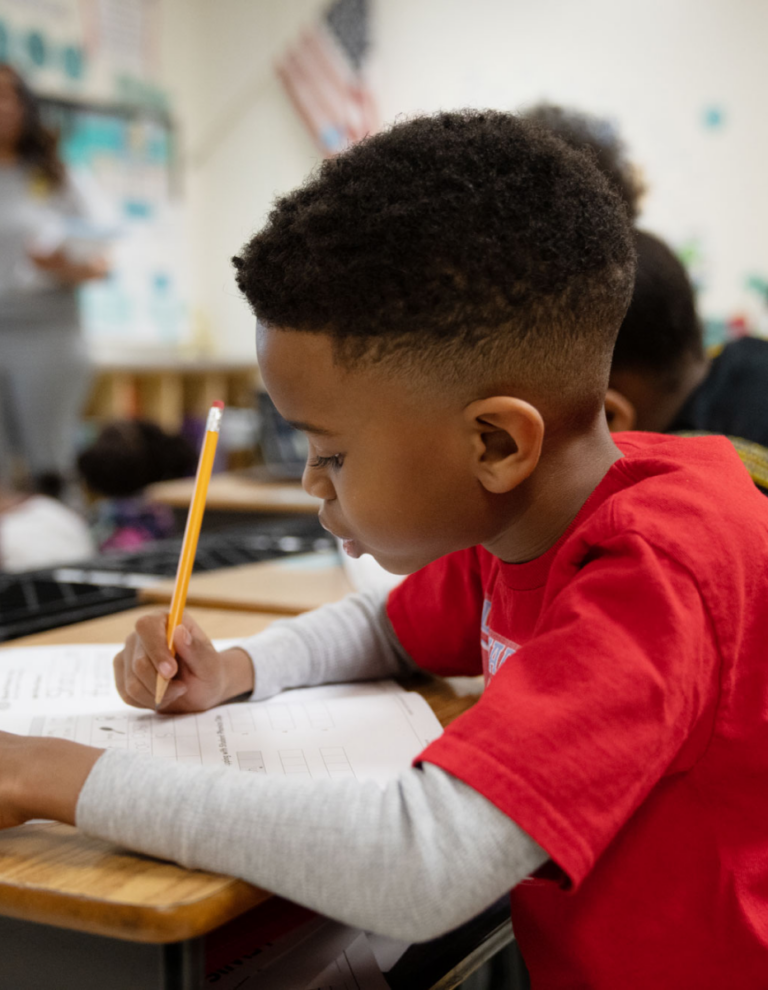
Frequently asked questions
Here are the two top questions educators ask as they begin their science of reading journey. Explore our FAQ page or get in touch for more information. We are here to help you.
How does the science of reading help students learn to read?
The science of reading is the current body of evidence on how children learn to read. A structured literacy approach, based in the science of reading, is the best approach for nearly all children. The evidence we have is consistent and overwhelming: we know that explicit and systematic phonics instruction typically leads to better outcomes in learning to read.
What does the science of reading replace in education today?
It replaces reading practices and theories—such as three cueing, balanced literacy, and whole-language instruction—that have been proven false. For example, there was a pervasive concept that children should use pictures or context to guess at an unknown word. That is not an effective and efficient route to word recognition; utilizing decoding, however, is an efficient and effective route to word recognition. Another pervasive and persistent idea is that there are hundreds of ways to learn to read, and no set of instructional principles that will be the most effective for most children. These are just not true, and the science of reading has helped to shine a light on that.
Science of reading resources for today
Learn more with real-world success stories, expert insights, practical tips for implementation, and more.
How to teach kids to read: Expert guidance for home and classroom success
A post from our Literacy Learning: Science of reading blog series written by teachers, for teachers, this series provides educators with the knowledge and best practices needed to sharpen their skills and bring effective science of reading-informed strategies to the classroom.
Teaching children to read isn’t about simply surrounding children with rich literature, or offering a collection of fun classroom activities—it’s about providing consistent, explicit instruction that’s systematic, sequential, and grounded in science.
Laura Stewart Chief Academic Officer, 95 Percent Group
Featured insights
Spotlight Washington: Closing gaps with structured literacy
I was in one of our 4th grade classrooms yesterday taking some photos and capturing some student voices, and kids were throwing around phrases like ‘where’s the syllabic boundary?’ All I could think was, ‘OK, I’m loving this!’
Abbey Espeguard Instructional coach, West Mercer Elementary
Spotlight Texas: Literacy transformation in Glen Rose
Discover how real schools are making real progress. In this three-part spotlight series, we’re showcasing how districts like Glen Rose Independent School District are turning evidence-based literacy practices into real results—and transforming reading outcomes for their students.
It has been an incredible journey—and seeing the data is the best part, because that is the proof—’Hey, this is really working.’

Tiffinie Pounds Literacy educator and curriculum coordinator, Glen Rose Intermediate School
One solution for literacy instruction
Based on the science of reading and backed by nearly two decades of research, the One95 Literacy Ecosystem™ is proven to advance reading skills in students from diverse backgrounds, grades, and abilities.
It integrates evidence-aligned products and professional learning resources into one cohesive system for instruction across tiers—so you’re ready and able to help every child realize their reading potential.
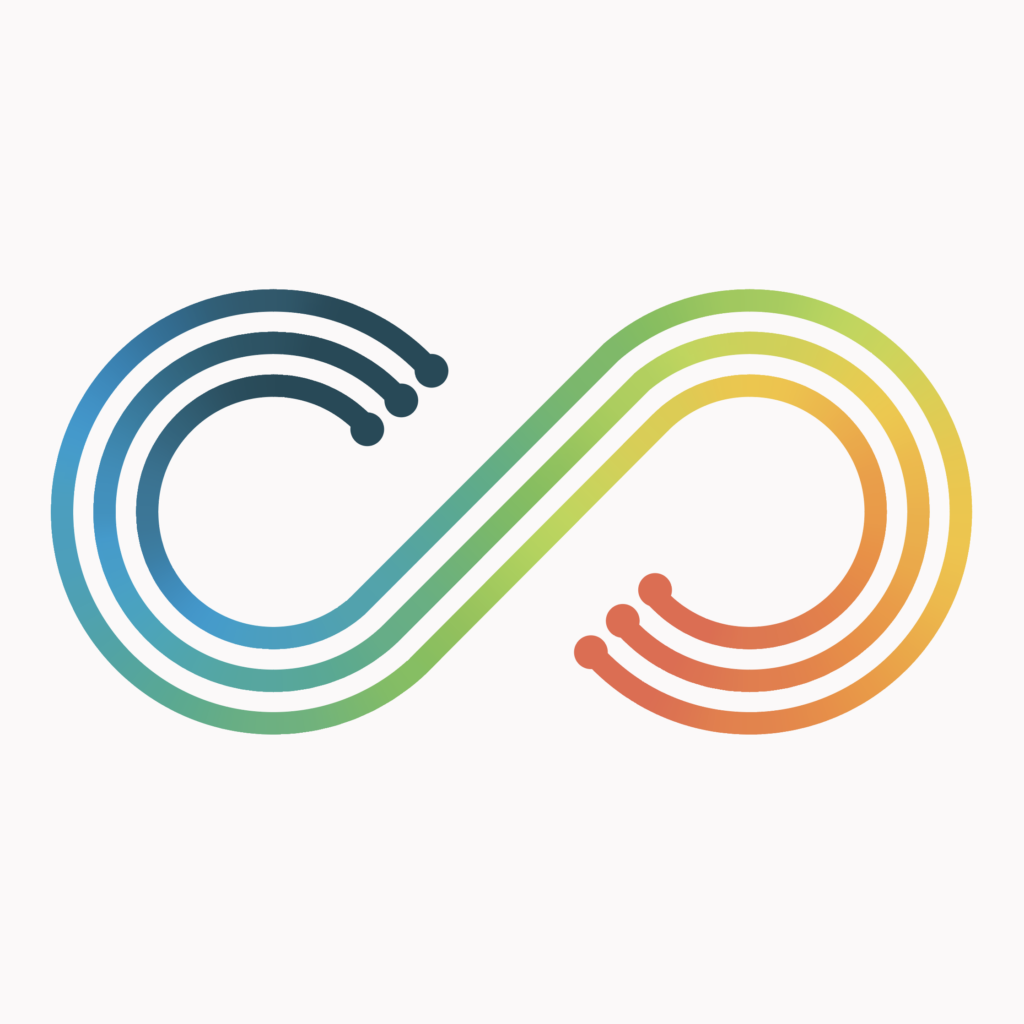
95%
or more of students can learn to read with high-quality, evidence-based instruction.
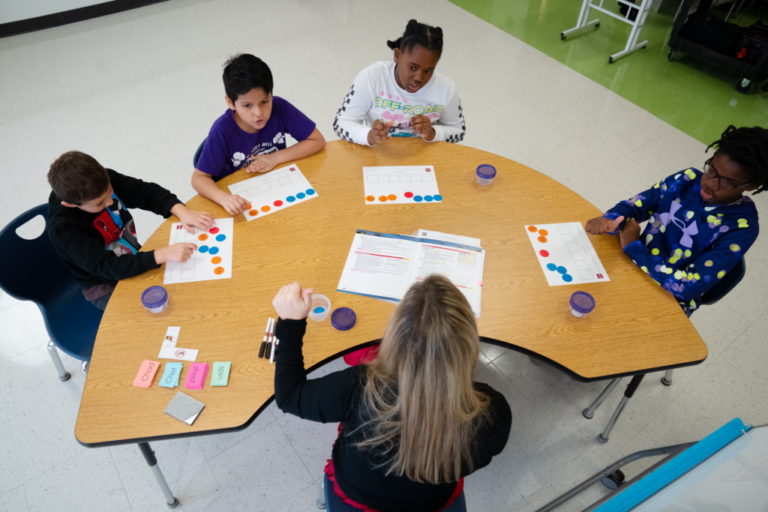
Build your expertise
Improve your instructional practices, get support through ongoing coaching, or attend an upcoming workshop or webinar with experts in the Science of Reading.
60%
of elementary teachers have never been trained in strategies for teaching phonemic awareness, phonics, vocabulary, fluency, and comprehension (EAB Report on Literacy).
Get more content like this
Stay up to date on the latest insights, free resources, and more.
By completing this form, you indicate your consent to receiving marketing communications.
